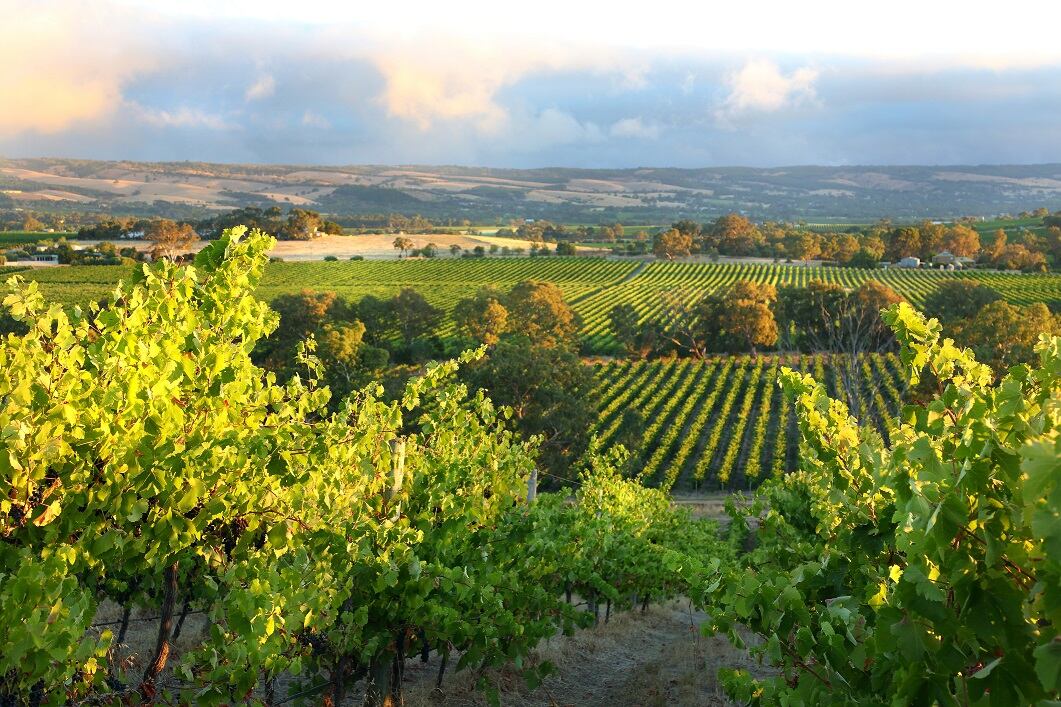The Strategic Plan 2020-2025 details where Wine Australia will invest to support each of the country’s 65 wine regions and the grape and wine businesses within these.
It has been developed to address the current dynamic environment with the COVID-19 pandemic as well as other new and emerging challenges.
The plan builds on the improved performance of the Australian winegrape and wine sector over the last five years: both domesically and internationally. But, as the organisation notes: "We can’t rest on our laurels, as many significant challenges lie ahead, given the global disruption caused by the COVID-19 pandemic."
Market outlook
Exports are a key part of Australia's wine industry: 63% of the wine produced in the country is exported. This equates to 19 million glasses of Australian wine drunk overseas every day across 119 countries.
The industry is powered by 2,903 active exporters, with China, the US and the UK making up the top three destinations for Australian wine.
In 2019 Australian wine exports reached $2.9bn AUD ($2bn USD): representing a 3% rise in value and the sixth consecutive year where the value of exports has risen. Exports of higher valued wines have seen particular growth.
The most recent export figures from Wine Australia – published April 16 for the 12 months up to March 31 2020 – still painted a broadly positive picture (total export value increased by 3% over the previous 12 months), but the organisation warned the pandemic would take a toll on exports.
While the first quarter of each calendar year is historically the quietest in terms of exports, the slowdown was significantly steeper in the first quarter of 2020, declining 7% in value.
This was principally attributed to declines in exports to mainland China – a market that has been a real success story for Australian wine exports in recent years – which saw export value down 43% in March 2020 compared to March 2019.
It is still too early, however, to know what the impact of the pandemic will be on Australian wine exports. But Wine Australia says the immediate market outlook for the Australian wine sector is ‘extremely challenging’, given the dislocation caused by COVID-19.
“Before the advent of COVID-19, the reduction in global supply in 2019, along with a favourable exchange rate for the Australian dollar against the US dollar and strong demand from Asian markets, suggested that there would be growing export opportunities for Australian wine producers in 2020 and beyond.
“However, the balance between supply, demand, price and international competition remains precarious. Supply and demand will continue to be affected by economic, environmental and social pressures outside the grape and wine sector’s control, including the short- and medium-term impacts from the COVID-19 pandemic.
“In the longer term, the geopolitical climate and market access remain vitally important to the sector’s health. Increasingly, producing fine wines of high quality will be expected but not sufficient as a stand-alone measure, and our focus on growing sustainable environments and building business excellence and leadership will help the Australian grape and wine sector meet the challenges and opportunities of the future.”
Too early to know long-term impact of coronavirus
Wine Australia was just finalising its Strategic Plan for the next five years when the COVID-19 pandemic swept the globe. Its first action was to postpone international activities and change how it offers key services.
“It is too early to understand the medium- and long-term impacts of the pandemic on the Australian wine sector, consumers, businesses, tourism and supply chains but, given the potential scale and impact of the disruption, we plan to comprehensively review, adapt and evolve our strategic direction as necessary to ensure that we are effectively supporting the Australian grape and wine community by investing for the sector’s success,” it says.
The core of the plan covers five key areas:
- Strategy 1: Market Australian wine
- Continually improve the perception of the quality of Australian wine; create a platform for the commercial success of brand owners; facilitate in-market support and engagement for brand owners.
- Strategy 2: Protect the reputation of Australian wine
- Use a robust regulatory framework to provide a solid foundation for quality and provenance claims for Australian wine; assist companies accessing export markets by making information about laws and regulations clear and readily accessible.
- Strategy 3: Enhance grape and wine excellence
- Continue long-term investment in viticulture R&D
- Strategy 4: Grow sustainable environments
- Address changes and challenges posed by climate change; biosecurity; emissions and overall sustainability
- Strategy 5: Build business sustainability, excellence and leadership.
- Accelerate adoption of research outcomes; deliver a National Online Wine Tourism Package to help regions and businesses to engage with consumers.


